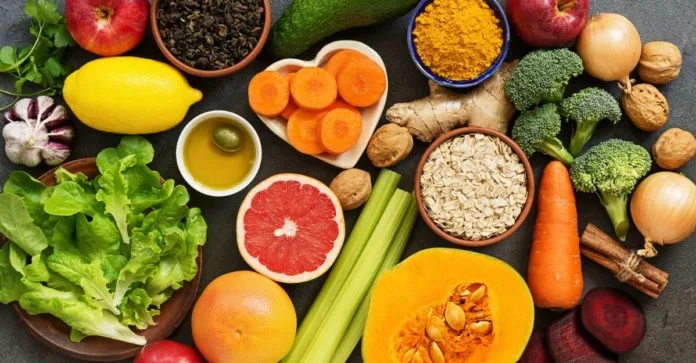Jaundice, a condition marked by the yellowing of the skin, eyes, and gums due to elevated levels of bilirubin in the bloodstream, demands a nuanced dietary strategy for effective recovery and sustained liver health.
Dietary choices exert a profound influence on jaundice recovery and prevention. The liver, central to metabolism and toxin elimination, relies on nutrients from food to function optimally. A balanced diet rich in antioxidants, fiber, and essential nutrients supports liver regeneration, while avoiding substances like alcohol and processed foods is essential to prevent further liver damage.
Hydration as a Foundation
Adequate water intake is paramount for liver function and detoxification. Beyond hydration, incorporating fresh fruit juices like lemon or grapefruit further enhances antioxidant intake, supporting liver health.
Harnessing the Power of Produce
Fresh fruits and vegetables form the cornerstone of a liver-friendly diet. Their abundance of antioxidants, vitamins, and fiber aids in neutralizing harmful free radicals and promoting optimal liver function. From vibrant berries to cruciferous vegetables like broccoli and kale, each colorful addition bolsters the body’s natural detoxification mechanisms.
Embracing Wholesome Grains
Whole grains, such as brown rice, oats, and quinoa, offer a plethora of health benefits, including fiber and antioxidants. Studies underscore their protective role against liver conditions like liver cancer, making them an indispensable component of a jaundice recovery regimen.
Nourishing with Healthy Fats
Incorporating sources of healthy fats, such as nuts, seeds, and oily fish rich in omega-3 fatty acids, fosters liver health and reduces inflammation. These nutrient-dense foods provide essential fatty acids vital for cellular repair and regeneration, offering a holistic approach to jaundice management.
Prioritizing Lean Proteins
Lean protein sources like tofu, legumes, poultry, and fish offer a valuable alternative to fatty cuts of meat. Their lower fat and salt content align with dietary recommendations for liver health, supporting the body’s recovery process.
Navigating Dietary Pitfalls
Steering Clear of Alcohol
Alcohol consumption is detrimental to liver function, exacerbating jaundice symptoms and impeding recovery. Complete abstinence from alcohol is imperative for individuals grappling with jaundice or underlying liver conditions.
Minimizing Refined Carbohydrates
Refined sugars found in processed foods, sugary beverages, and white bread contribute to liver strain and metabolic dysfunction. By limiting intake, individuals can mitigate the risk of exacerbating liver-related complications.
Cautious Approach to Processed Foods
Packaged, canned, and smoked foods often harbor high levels of preservatives and sodium, imposing additional stress on the liver. Opting for whole, minimally processed alternatives safeguards liver health and supports overall well-being.
Balancing Fat Intake
Saturated and trans fats found in fried and processed foods should be consumed sparingly, as they not only hinder liver function but also contribute to cardiovascular risk factors. Prioritizing sources of healthy fats ensures a harmonious balance that promotes optimal liver health.
Exercising Caution with Raw Seafood
Raw or undercooked fish and shellfish pose a potential risk of bacterial contamination, heightening the likelihood of liver-related complications. Thorough cooking and adherence to food safety protocols are essential to mitigate these risks.
In summary, adopting a mindful approach to dietary choices is instrumental in navigating the complexities of jaundice management. By prioritizing nutrient-dense foods that support liver health while minimizing exposure to harmful substances, individuals can optimize their recovery trajectory and pave the way for sustained well-being. Consultation with healthcare professionals for personalized dietary recommendations tailored to individual needs further enhances the efficacy of jaundice management strategies.

